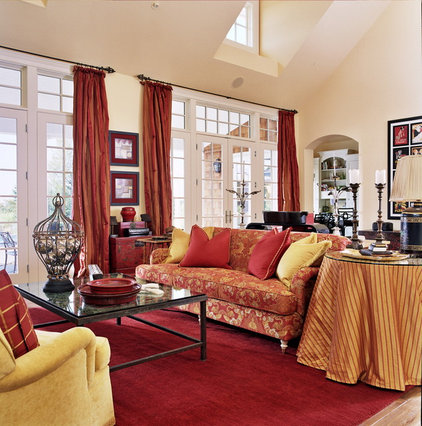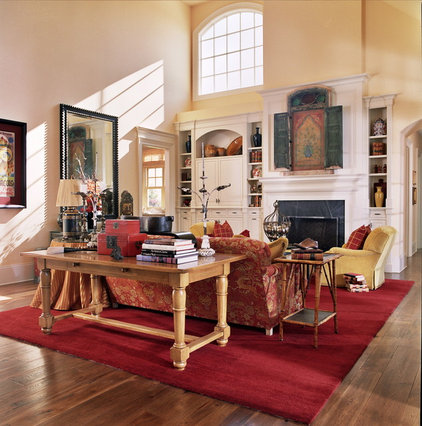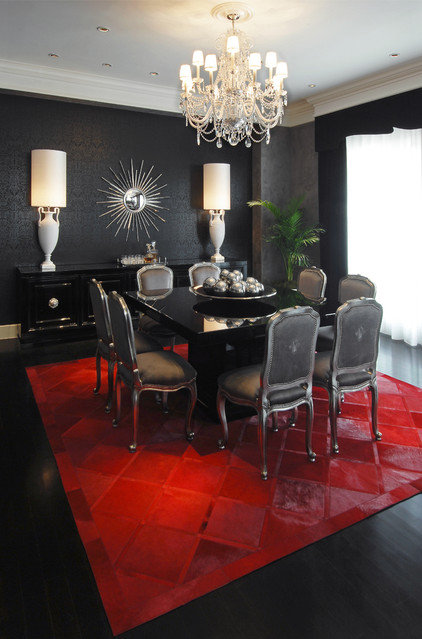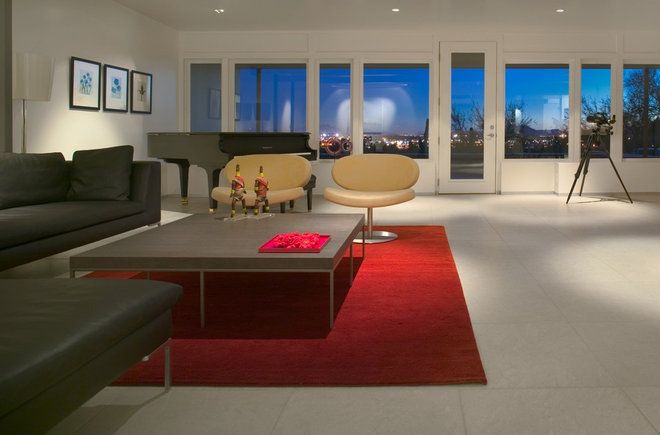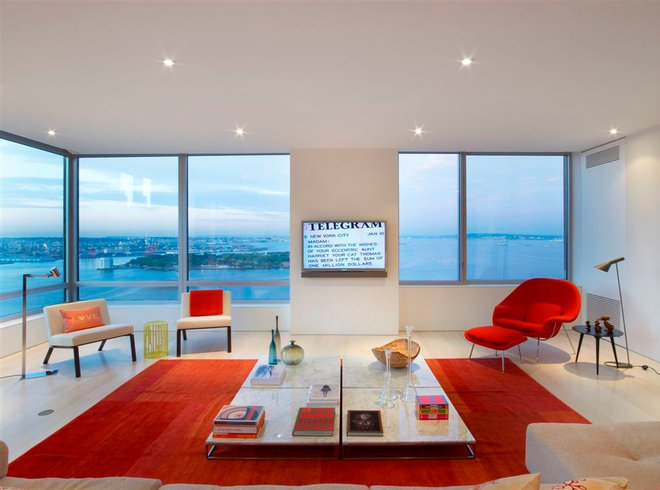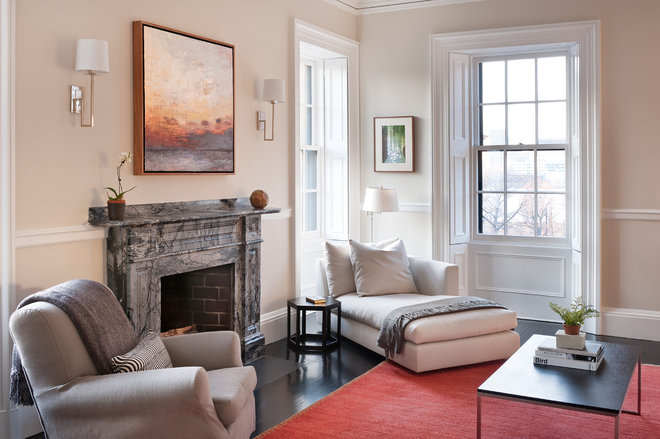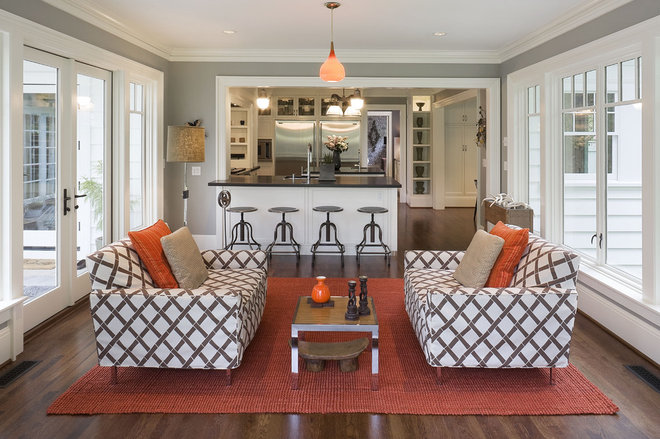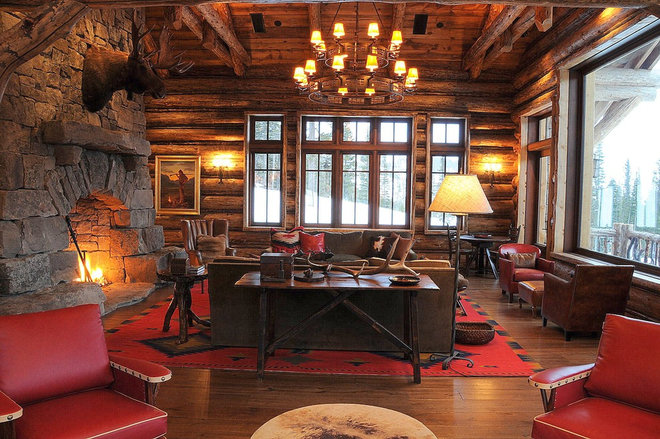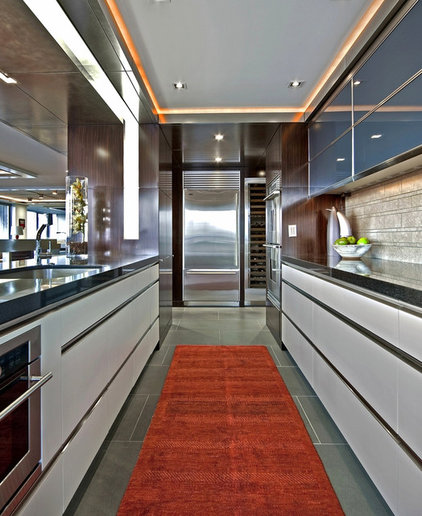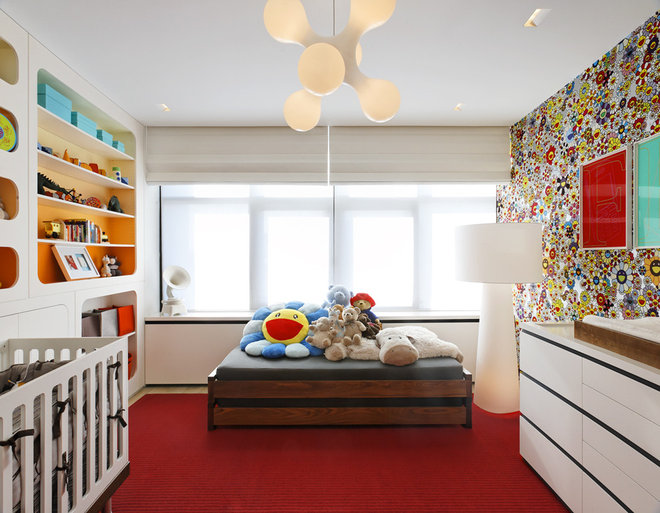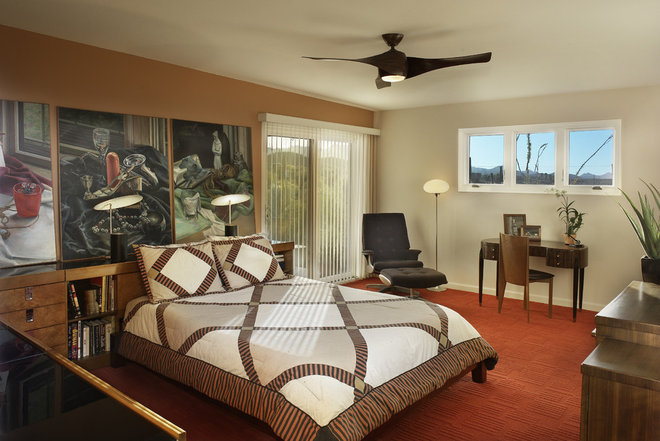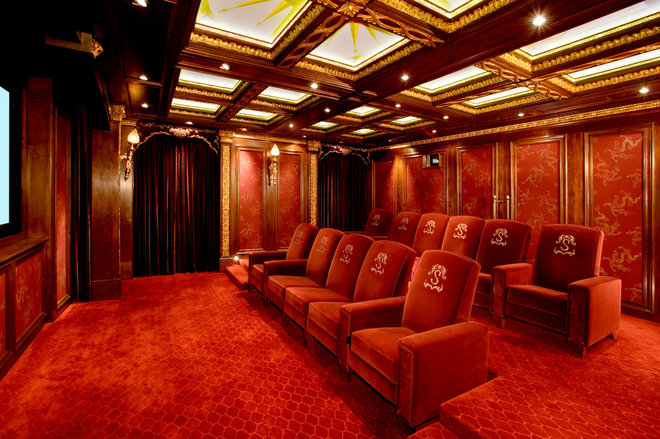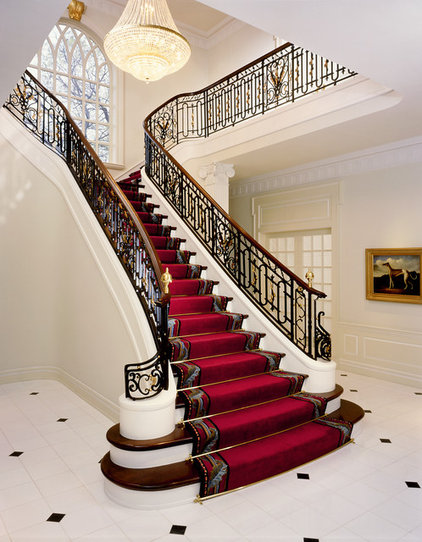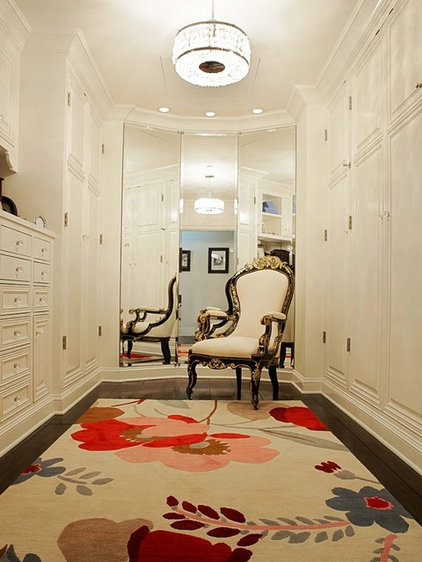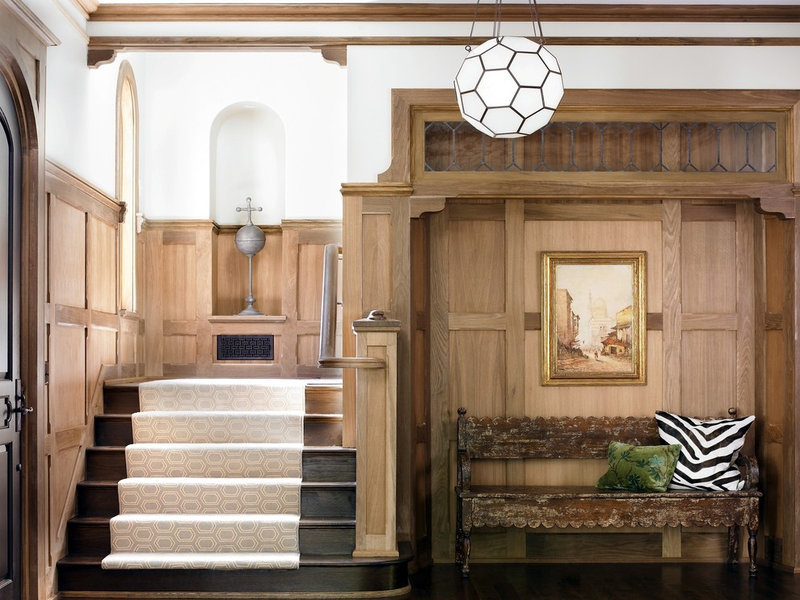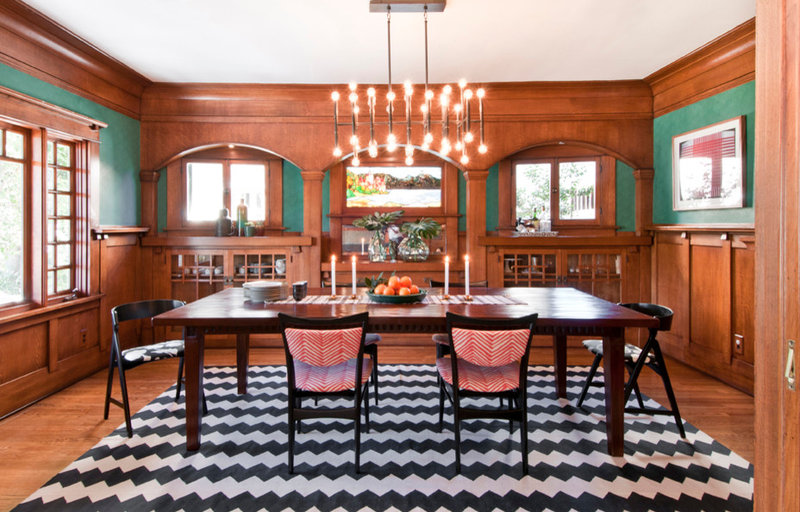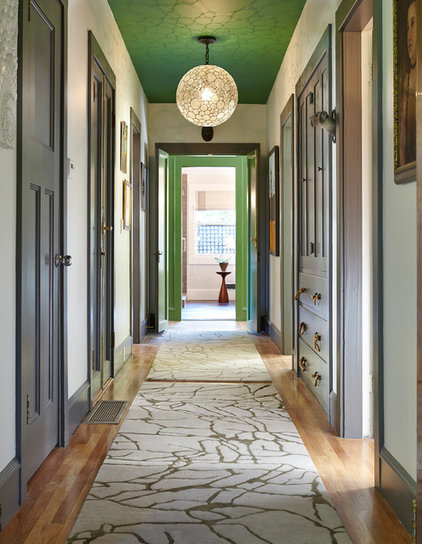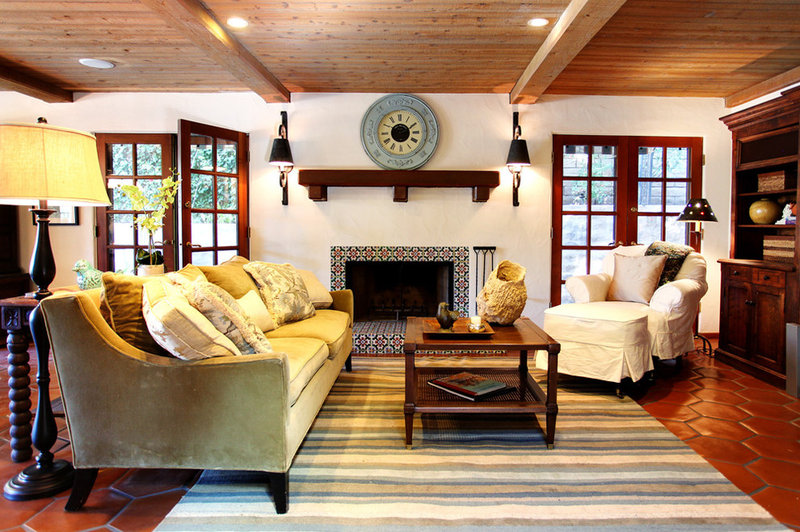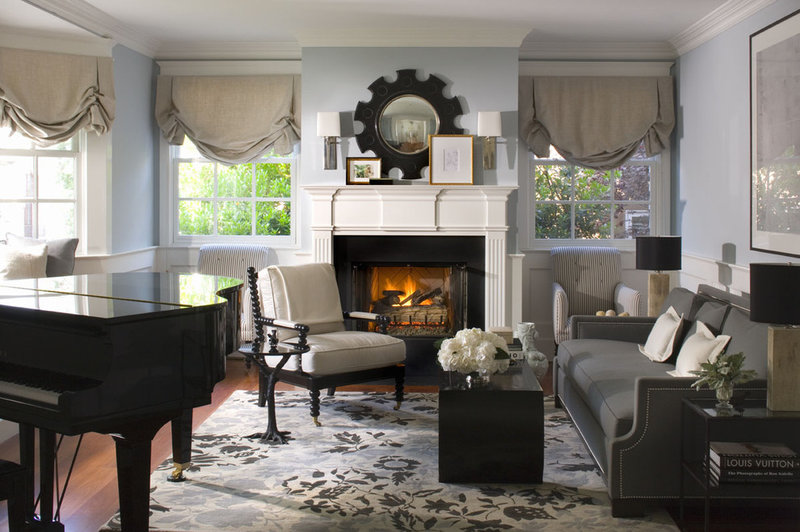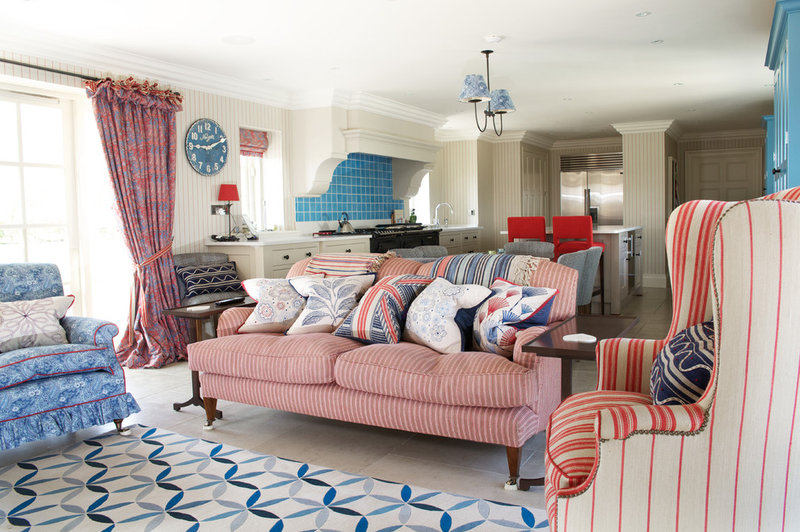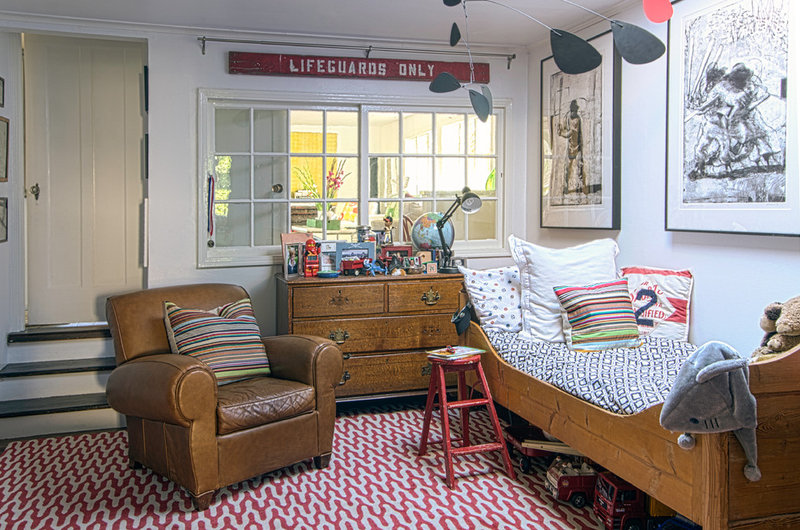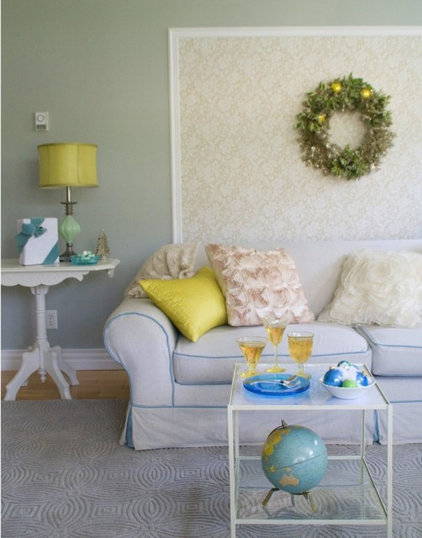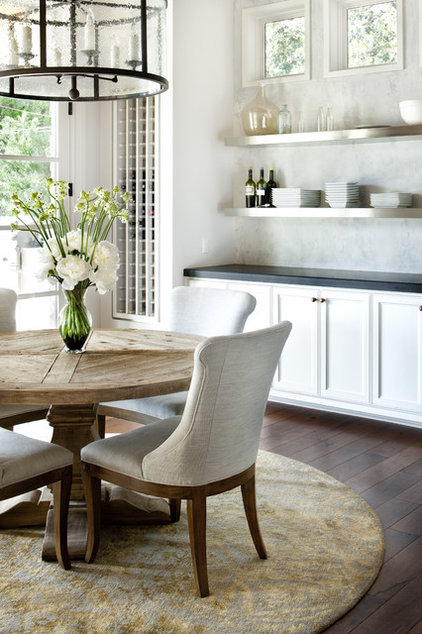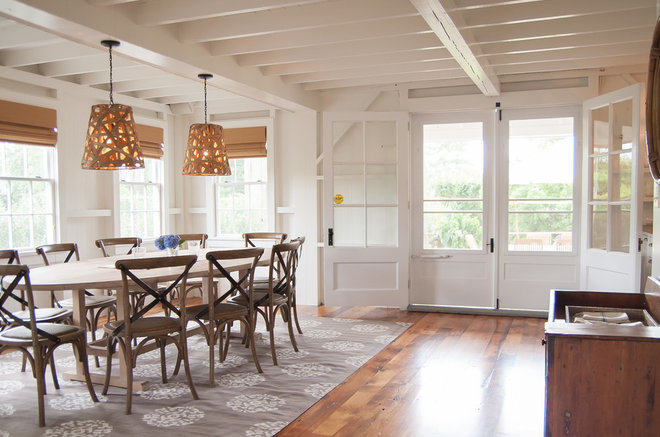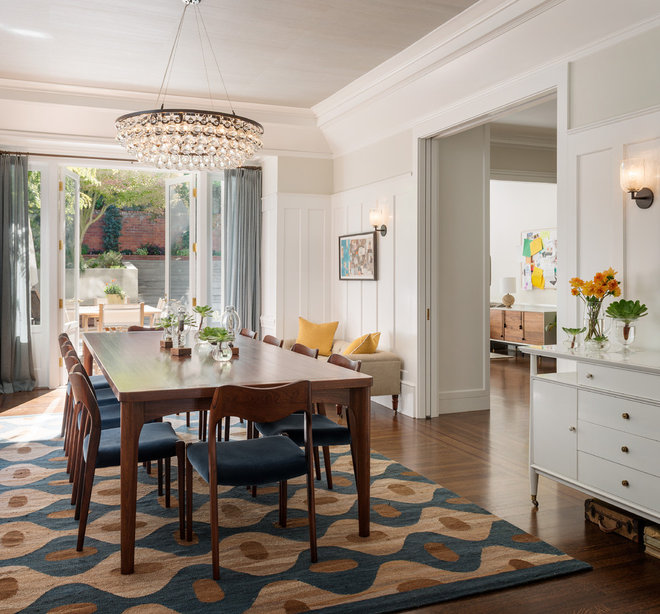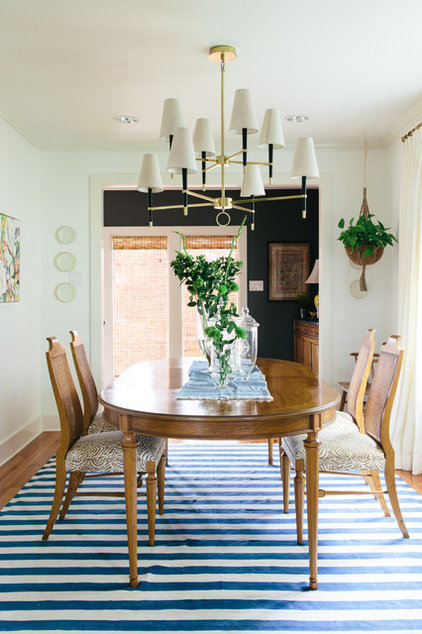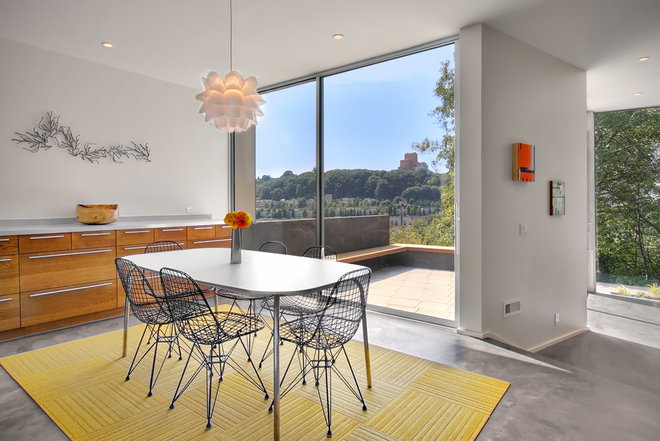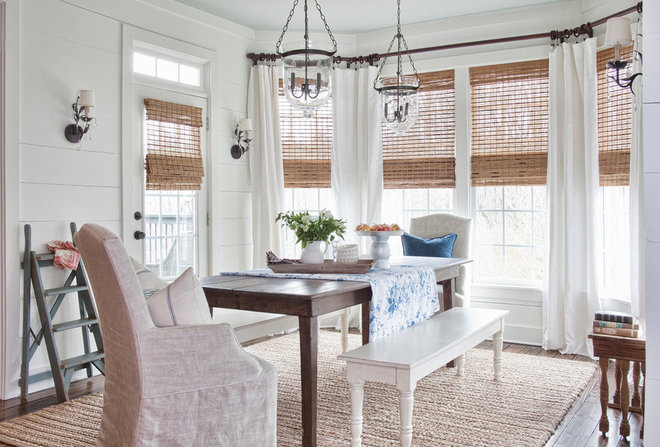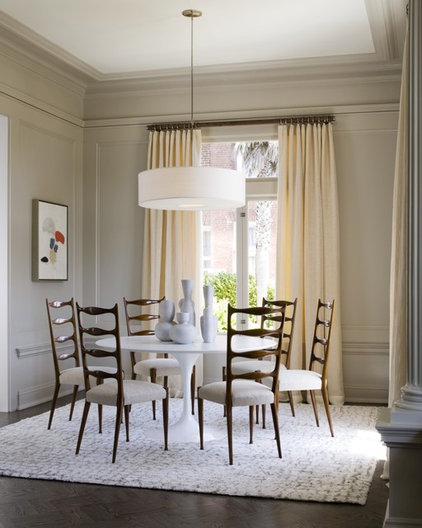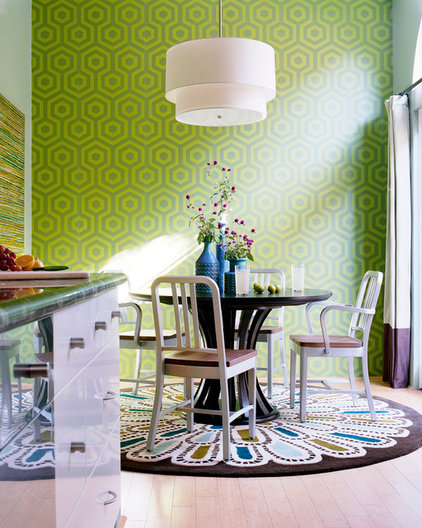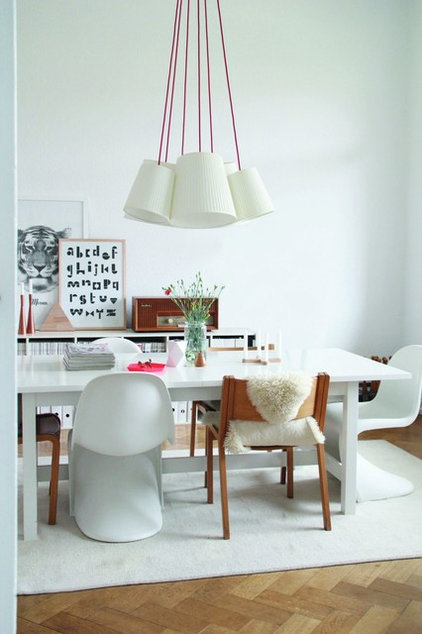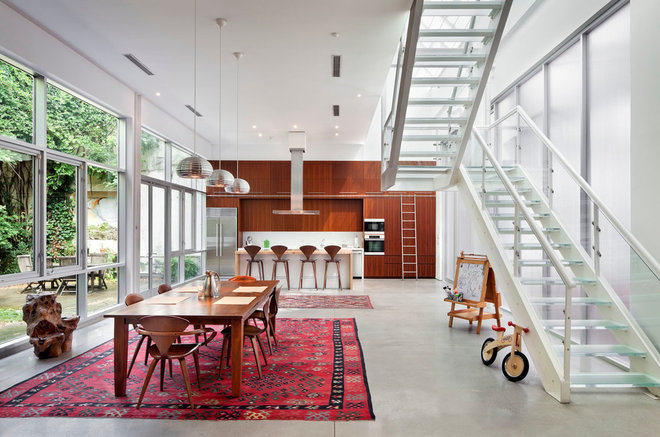Trasformare ogni giorno in un evento stendendo un tappeto rosso.
Il tappeto rosso ha una lunga storia come simbolo di benvenuto, già nel 458 a.C. Eschilo scrisse che Clitennestra accolse Agamennone di ritorno da Troia su una passatoia color cremisi.
Oggi il "red carpet" è il simbolo principale di spettacoli e premiazioni in tutto il mondo, ma si può godere di un tappeto rosso in qualsiasi momento, nella privacy della propria casa.Stendere un po di bordeaux o una moquette rosso carminio mette eccitazione, perché diciamocelo: c'è qualcosa in un tappeto rosso che fa sentire come una star....per un momento almeno .
Oggi il "red carpet" è il simbolo principale di spettacoli e premiazioni in tutto il mondo, ma si può godere di un tappeto rosso in qualsiasi momento, nella privacy della propria casa.Stendere un po di bordeaux o una moquette rosso carminio mette eccitazione, perché diciamocelo: c'è qualcosa in un tappeto rosso che fa sentire come una star....per un momento almeno .
